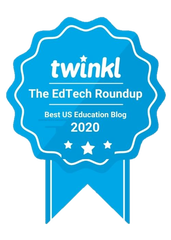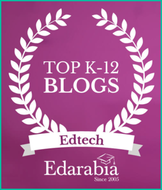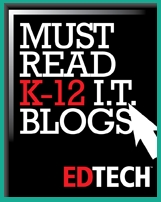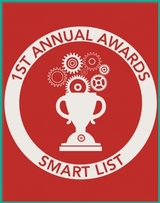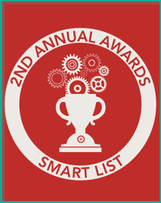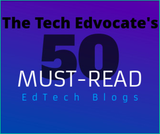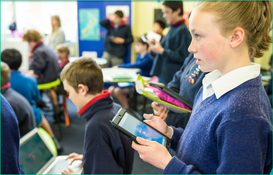
The spread of such software should have educators wary; while it isn’t necessarily a poor tactic to take advantage of such software, it can definitely be used inappropriately.
Clearly, there is a point of diminishing returns when it comes to incorporating new technologies. If you are unsure about introducing a new digital tool into the classroom, keep the following considerations in mind:
Another App, Another Complication
When it comes to providing effective instruction, the means of engagement are not as important as the purpose behind it. Teachers need to carefully assess the pedagogical purpose behind each new technology before integrating it. In short, don’t seek out edtech solutions to problems that don’t exist.
If you are uncertain if a certain app or device would benefit your teaching strategy, consider what it brings to the table. In the book “Never Send a Human to do a Machine’s Job: Top 5 Mistakes in Ed Tech”, Dr. Yong Zhao notes that technology should, among other things, complement (rather than replace) your efforts, emphasize content creation over content consumption, and promote personalized learning over strict predetermined standards and outcomes. If you introduce anything into the classroom that contradicts these criteria, you are probably adding a needless complication to your instruction.
Technology Should be Used to Foster Collaboration
Let’s look at an edtech solution that does it right: ReCap is an app that allows educators to pose questions to students and determine understanding from either an individual or class level. Because participants communicate through video responses, teachers are able to more effectively personalize learning in a conversational format. Students can even interact with each other, which can greatly simplify activities like peer review workshops. This is a great example of an unobtrusive app that can enhance collaboration.
The importance of this aspect of education cannot be overstated — and not just for academic achievement. Collaboration in the classroom supports healthier psychological mindsets. Students must interact with others of different backgrounds in order to learn how to tolerate diversity in the real world. This is especially true of learners who are part of an ethnic, religious, or sexual minority who can experience an extreme amount of stress without validation. For example, without peer friendships and acceptance, LGBT teenagers are 29 times more likely to report having attempted suicide. Collaboration can inspire empathy among peers, and every student can benefit from such exchanges.
Don't Replace Authentic Assessment
How can you tell if you’ve crossed the line? It’s simple: When your means of assessment dictate the content of your lessons, you’ve gone too far. For example, do you “teach to the test”? Do you rely on online assessments that pose simple multiple choice or true/false questions? The only way you (or rather, the app/program) can assess answers to these questions is with a green check mark or a red “X” — and neither of these constitute meaningful, authentic assessment.
The use of education technology in the classroom generally has a positive impact on academic achievement. However, when we use technology to needlessly complicate lessons, isolate students from their peers, or to automate the process of assessment, we do a disservice to our class. Considering the many new technologies that Generation Alpha will encounter during their own educational journeys, educators must be careful when selecting and incorporating new advancements. Those innovations that we opt to use should be consistent with our teaching philosophy; if one doesn’t fit, reconsider whether it belongs in your classroom at all.
About the Author:
Bob Hand is a blogger from Boise, ID. He studied English with an emphasis on Secondary Education at the University of South Carolina, and continues to keep a pulse on current issues in education. His hobbies include reading and collecting vinyl records. You can follow him on Twitter @bob_hand567.







